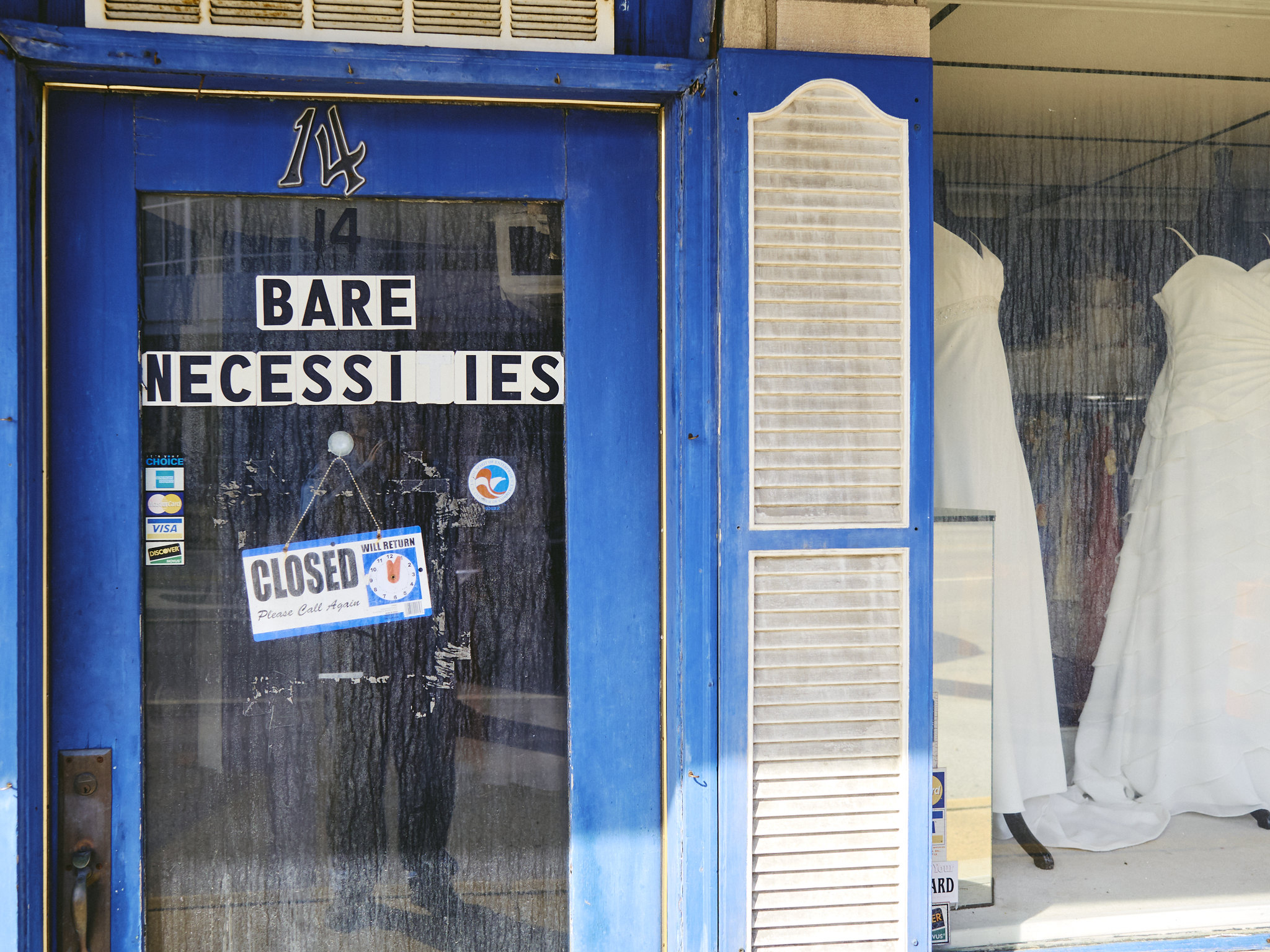“It was a lot of self-discovery to build something that can improve my own language and vocabulary, and to help others,” said Annie Vang, the founder of Hmong Phrases. “A lot of first generation Hmong-Americans struggle with that.”
The Hmong are indigenous to East and Southeast Asia, and have their own distinct language and culture. During the Vietnam War, the U.S. recruited Hmong fighters living in Laos to serve as allies. Wanting to keep their land and independence, they agreed. After the Vietnam War, many Hmong people, like Vang and her family, immigrated to the U.S. from post-Vietnam War refugee camps.
“The Hmong language has evolved from China to Laos and now in America for generations, and I can trace that back to my family,” Vang said.
After decades of assimilating to American culture by speaking mostly English, Vang felt disconnected from her elders and wished she could speak Hmong fluently. She created Hmong Phrases after taking a class in iPhone app development at a local community college.
“Apple’s trademark slogan is, ‘There’s an app for that,’” Vang said. “I thought: ‘I don’t think there’s an app for the Hmong language.’ And I was like: ‘Ok, let me try that.’”
Vang combined her language learning experience with her love of coding to develop HmongPhrases on her own. She said the only people who help her with the app are her family, including her parents, who check for correct spelling and effective pronunciation.
Vang has received positive feedback on social media and has been asked to include more words and features. She upgraded the app after participating in Apple Entrepreneur Camp for female founders.
“I’m hoping that I’d be able to connect people like myself with the older generation and people who don’t speak Hmong and are just interested in our culture and learning who we are, our clothing, and our food,” Vang said.
Other language learning apps, such as Brainscape, where users can find and create flashcards to learn languages, have been utilized to study Hmong as well. Andrew Cohen, the founder of Brainscape, said about a thousand people have used his app to learn Hmong in the last five years.
“Around fifty of those people have created their own flashcards, while the rest have studied flashcards created by other users, including some teachers who made Hmong flashcards and shared them with their students,” Cohen said.
Learning apps have become a tool for the preservation of the Hmong culture, connecting generations of Hmong people to their history and to each other.
“A lot of people are embracing their Hmong heritage,” Vang said. “They want their children to understand where they came from, and their journey in America.”








